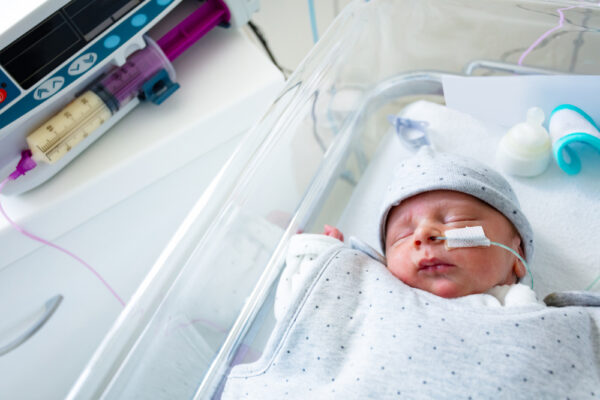The Judicial Panel on Multi-District Litigation (JPMDL) convened on November 18th in Durham, NC. One of the matters on the docket was the Johnson & Johnson® DePuy hip implant litigation. The day before the hearing, HarrisMartin Publishing put on a fantastic conference covering the DePuy hip implant litigation.
The recalled DePuy ASR XL Acetabular System (used in total hip replacement) and the DePuy ASR Resurfacing device (implanted in resurfacing surgeries) both function as metal-on-metal (MoM) implants. MoM implants place a metal femoral ball in direct contact with a metal acetabular cup without using a liner. According to the New York Times, a recent editiorial in The Journal of Arthroplasty urged surgeons to use MoM devices only with "great caution, if at all." The reason for this cautionary warning is that MoM implants can generate metal wear debris, and this metallic debris can cause increased blood metal ion levels which may then lead to serious complications resulting in, inter alia, loosening of the cup, systemic disease from the toxic metal exposure, an increased risk of carcinogenesis, and hypersensitivity to future metal implants.
Here are some highlights from the conference:
- DePuy’s early estimates of the failure rate for its recalled hip devices is probably way too low. Some experts estimate failure rates to be between 25% and 100%.
- There may be a defect in the design of the ASR cup making it extremely difficult for good surgeons to properly locate the cup in a position that is consistent for good, long-term function. [This increases the liklihood of failure. DePuy may be blaming innocent surgeons for incorrect positioning of the device rather than accepting responsibility for the design defect.].
- Forseeable adverse health effects from wear debris from MoM bearings are already starting to appear in the few short years that these devices have been actively marketed. These include:
1. Aseptic Lymphocytic Vasculitic Lesion (ALVAL)– which is a localized hypersensitivity reaction to metal wear debris. ALVAL may result in persistent groin pain, cup loosening, osteolysis, dislocations, and periprosthetic fractures. Patients with ALVAL who have MoM revision may experience persistent symtoms associated with hypersensitivity to the metal debris.
2. Osteolysis– is loss or dissolution of bone around the implant which causes the implant to loosen. The bone loss is the result of metal wear debris-induced problems, and often requires revision surgery before it progresses to extensive bone loss.
3. Metallosis– is the result of the MoM implant rubbing against itself. The resulting friction creates metal shavings which may be deposited into the metal socket of the device and in surrounding soft tissue. Symptoms include groin, thigh, or hip pain, instability, fluid-filled masses, tissue necrosis, metal staining, and osteolysis.
4. Cobalt Poisoning– is the result of increased levels of cobalt metal in the body. High levels of cobalt from these implants can cause serious toxic health effects, including cognitive impairment, visual impairment, auditory impairment, hypothyroidism, cardiomyopathy, peripheral neuropathy, and rashes.
5. Pseudotumor– is a mass or lesion which is neither infective nor neoplastic. They can be fluid-filled or solid masses around the device. Some research suggests pseudotumors will keep reemerging until all metal is removed from the body, which requires revision surgery utilizing non-metal implants.
6. Cancer– These MoM implants contain cobalt and chromium. Readers may recall that chromium was once used to make automobile bumpers, and that there was a high incidence of cancer associated with chromium in the factory workers who made the bumpers. When wear debris from a malfunctioning MoM implant causes increased chromium load in the body, that toxic exposure may cause adverse health effects including cancer, malignant sarcomas, and leukemia, according to studies.
The bottom line is that people who have been implanted with a defective DePuy MoM implant may be facing more than just a revision surgery. These cases should also be investigated as toxic exposure cases, which means that, when possible, it will be important to analyze not only explanted devices, but also tissue and fluids from explant surgeries. DePuy knows this and is making extraordinary efforts to have its sales representative present in the operating room and taking custody of the explanted devices. DePuy’s protocol for handling the explanted devices includes "decontaminating" them. The decontamination process is likely to result in destruction of tissue and fluid evidence. Thus, it is crucial that patients know prior to revision surgery that evidence must be preserved.
The JPMDL has not yet decided the judge to whom it will transfer the DePuy MDL.













Comments for this article are closed.